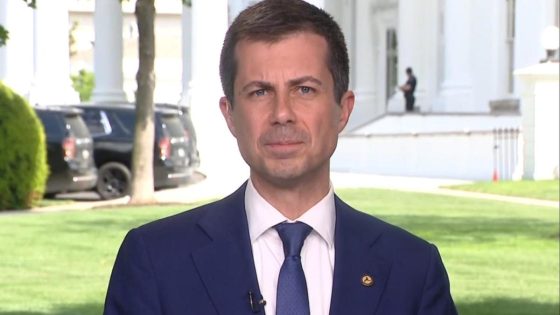“This stands in stark contrast to the US, for example, where the indexation of income tax brackets has worked against monetary policy and been pro-cyclical.
“Not indexing income tax brackets, within a medium-term fiscal framework, allows fiscal authorities to both assist in the management of business cycles and ensure fiscal sustainability.”
Kennedy said in the United States, which automatically increases income tax brackets in line with inflation, the share of income tax paid as a proportion of household income had fallen by about 2 percentage points between mid-2022 and December last year.
In Australia, the share had increased by a full percentage point, in effect reducing the spending power of wage earners.
The stage 3 tax cuts, however, would bring down bracket creep, which would account for only 10 per cent of the forecast increase in personal income tax collections in 2024-25. Without the tax cuts, bracket creep would have contributed a third of the tax increase.
Monthly inflation data this week showed a slight increase in inflation through April, with the annual rate now at 3.6 per cent. Financial markets have pushed back expectations of an interest rate cut to the end of the year.
Approvals for new dwellings fell through April as higher interests weighed on prospective builders.Credit: Glenn Hunt
Kennedy said inflation risks remained, noting that insurance and housing construction costs were still high while energy and shipping prices could rise due to geopolitical tensions.
He said the March-quarter national accounts, to be released next week, were likely to show “subdued” economic growth, with household consumption particularly weak.
Data released on Thursday showed dwelling approvals fell by 0.3 per cent in April, with those for houses down by 1.6 per cent and for units and apartments by 1.1 per cent. Over the past year, house approvals are up by 9 per cent but for units they are down by 8.5 per cent.
Kennedy said while the overall impact of the COVID-19 pandemic period was abating, economies were struggling to return to normal.
Loading
“It is too early to say if we are back in a more normal period, perhaps because no one is quite sure what normal is any more. And especially as unusual economic outcomes are persisting,” he said.
The federal government has commissioned a competition taskforce and recently announced the largest overhaul of merger laws in almost half a century.
Kennedy said more competitive markets meant resources flowed to where they delivered maximum economic benefit, with recent Treasury analysis finding the economy would be between $30 billion and $80 billion a year larger if competition returned to levels experienced in the early 2000s.
He said it appeared non-compete clauses were contributing to Australia’s lack of competition, hurting ordinary workers.
“It is likely that the overuse of non-compete clauses is restraining competition, reducing the efficiency of the labour market and suppressing wages,” he said.
The federal government is considering a ban or heavy restriction on non-compete clauses that stop workers from moving to better-paying jobs or more innovative competitors as part of its plans to boost the economy.
Cut through the noise of federal politics with news, views and expert analysis. Subscribers can sign up to our weekly Inside Politics newsletter.
Source Agencies


